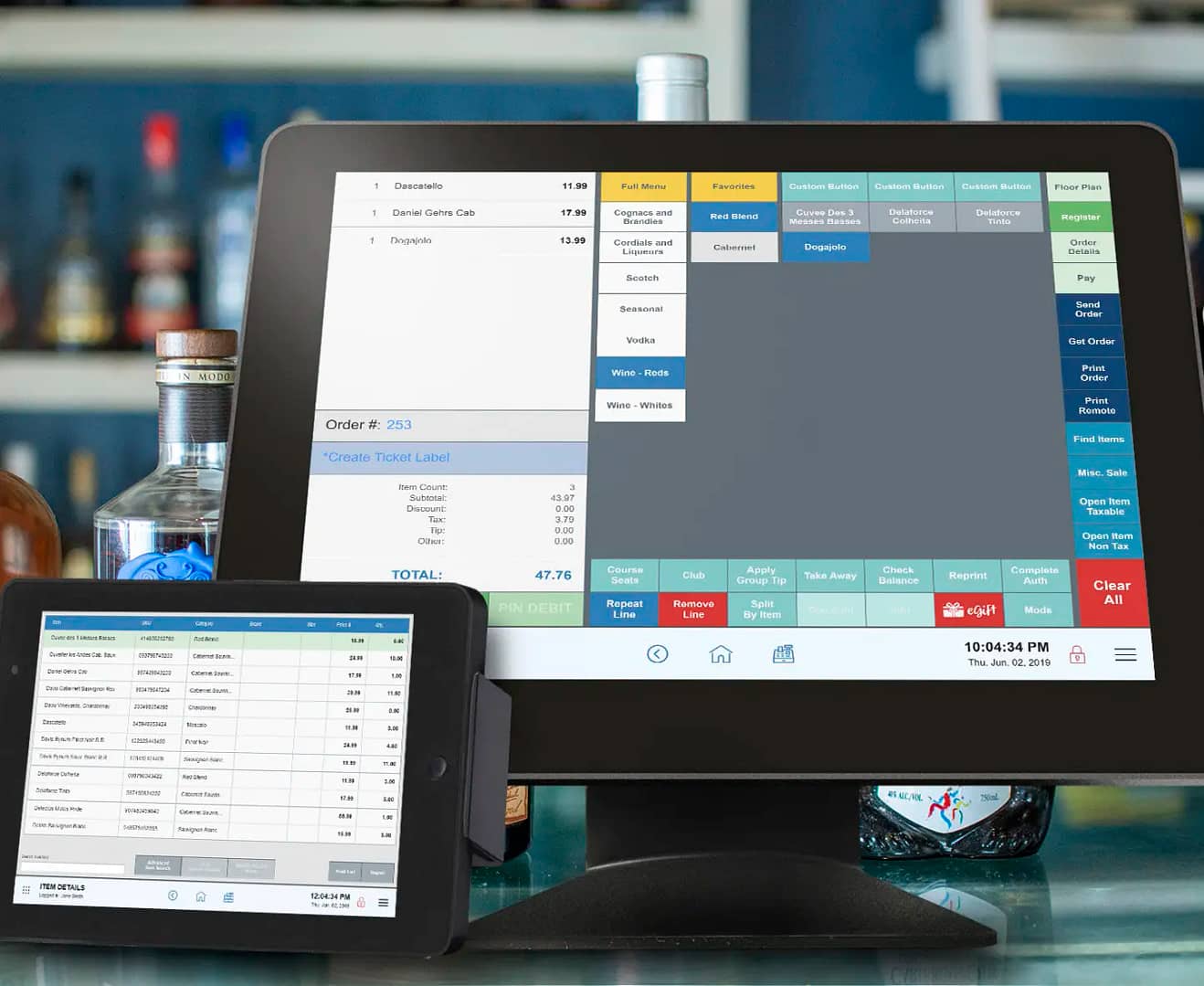Essential Features in a POS System for Restaurants
Running a successful restaurant is no easy task; it requires more than just delicious dishes and attentive service. A robust and efficient Point of Sale (POS) system is at the heart of any thriving establishment. With essential POS features for restaurants, you can streamline daily operations, enhance customer experience, and gain invaluable insights into your business. Whether it’s processing payments, tracking inventory, or generating sales reports, a well-chosen POS system supports every aspect of restaurant management. In this post, we’ll dive into the ten must-have features that can make all the difference in keeping your restaurant running smoothly.
User-Friendly Interface as POS Feature
In the hustle and bustle of a busy restaurant, having a POS system that’s easy to use can be a game-changer. User-friendly POS features for restaurants reduce the time spent training staff and ensure that operations run smoothly even during peak hours. A clear, intuitive interface allows your team to focus on delivering excellent customer service instead of struggling with a complicated system. This simplicity directly affects speed and accuracy, keeping customers happy with prompt and error-free service.
Smart Inventory Management: A Vital POS Feature for Restaurants
Inventory management is one of those tasks that, when handled poorly, can derail a restaurant’s success. A POS system with built-in inventory tracking provides real-time updates on stock levels, which helps prevent both overstocking and shortages. You’ll know exactly when to reorder ingredients, saving time and reducing waste. With this feature, restaurants can plan menus more efficiently and keep costs under control—all thanks to smart inventory management features in modern POS systems.
Sales Reporting and Analytics in POS Systems
Running a successful restaurant requires understanding what works and what doesn’t, and therefore, sales reporting and analytics make this possible. With a data-driven POS system, owners gain detailed insights into performance, sales trends, and customer preferences. As a result, managers can identify popular dishes and peak dining times, allowing for more effective planning. Consequently, these insights optimize operations by guiding menu adjustments and resource allocation. Moreover, with accurate analytics, strategic decisions become easier and more informed, improving overall efficiency. Additionally, managers can adjust staffing levels based on demand and maximize profitability. By leveraging customer behavior data, restaurants can offer personalized promotions and enhance customer loyalty. Ultimately, this data-driven approach boosts growth and helps the restaurant thrive. In conclusion, analytics from the POS system are invaluable tools for long-term success in today’s competitive industry.
Seamless System Integration: A Must-Have POS Feature for Restaurants
A restaurant’s POS system must integrate with software like accounting, payroll, inventory, and CRM for efficient operations. Seamless integration ensures data flows smoothly, reducing manual entry errors and saving time. Sales data can automatically update accounting records, while inventory adjusts in real-time as orders are placed. This integration offers a clear overview of the business and improves decision-making. By syncing with employee scheduling tools, staffing needs are better managed, reducing labor costs. Inventory management becomes more accurate, preventing overstocking or shortages. Additionally, CRM integration allows personalized customer experiences, boosting loyalty. The ability to manage multiple systems in one POS reduces complexity and streamlines daily tasks. With all systems aligned, your restaurant can operate more efficiently, enhancing both service and profitability. An integrated POS is key to staying competitive in today’s fast-paced restaurant industry.
Customer Relationship Management (CRM) in POS
It’s not just about serving meals; building strong customer relationships is vital to long-term success. With CRM tools built into your POS, you can track customer preferences, purchase history, and even create personalized promotions. By offering tailored experiences, restaurants can boost customer satisfaction and retention, turning first-time visitors into regulars. The CRM capabilities within a POS system also enable restaurants to launch targeted marketing campaigns, increasing engagement and driving repeat business.
Mobile and Table-Side Ordering: A Key POS Feature for Modern Restaurants
Service speed and accuracy are two key factors that impact a customer’s dining experience. With mobile POS systems, servers can take orders directly at the table, reducing errors and processing orders faster. Customers appreciate the streamlined service, and servers can focus on making their dining experience exceptional. Additionally, mobile systems allow for table-side payment processing, reducing wait times and improving overall efficiency, which is becoming a vital part of modern POS systems for restaurants.
Employee Management through POS Systems
Behind every successful restaurant is a well-managed team. The employee management features in advanced POS systems simplify scheduling, time tracking, and payroll. Automating these processes saves time and ensures optimal staffing levels during busy periods. Additionally, tracking employee performance allows managers to reward top performers and identify areas for improvement. A POS system that manages both customer service and employee efficiency ensures smooth day-to-day operations and long-term success.
In conslusion, selecting the right POS system can transform how your restaurant operates. Essential POS features for restaurants like user-friendly interfaces, real-time inventory management, detailed sales analytics, and integrated CRM tools not only streamline your workflow but also improve customer satisfaction. When choosing a POS system, it’s important to look for a solution that offers flexibility and supports the unique needs of your restaurant. By focusing on these critical features, you can set your business up for growth, efficiency, and long-lasting success.









